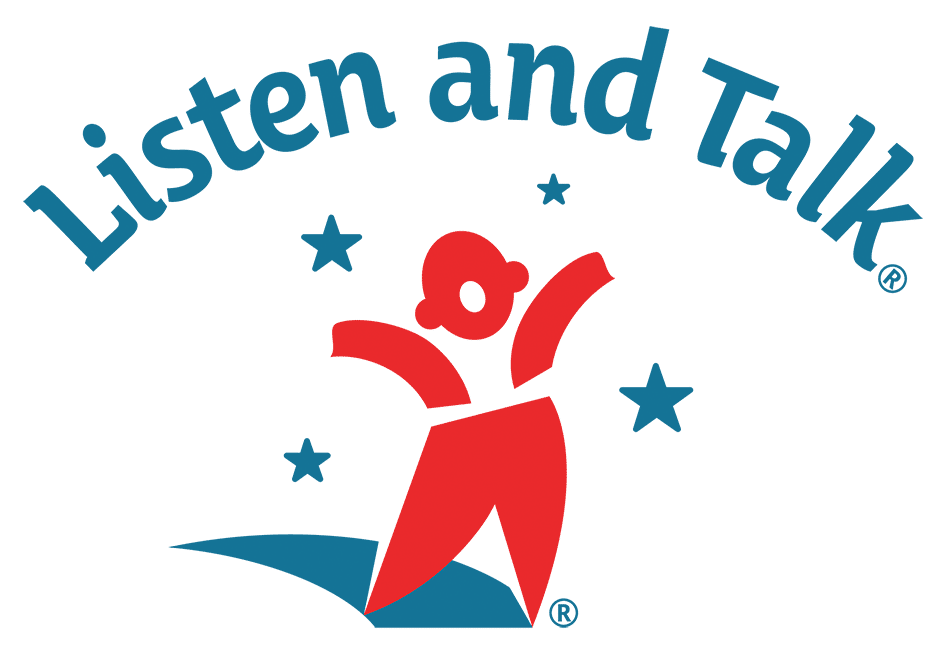
Get to Know Your Hearing Protection
There are a few actions that you can take to protect your hearing, most of which are pretty intuitive: 1.) you can attempt to physically remove yourself from the loud situation, 2.) reduce the volume and time you spend listening to loud sounds via media, recreation, occupation throughout the day, or 3.) wear hearing protection devices when you are or may be exposed to loud sound.
Hearing protection seems to be the most practical in some regards as we often subject ourselves to loud sounds by going out and being involved in activities that we enjoy. By no means do we advocate for sitting at home, hiding your head under a pillow, and removing yourselves from activities that bring light, happiness, and fun to your life!
To help make your decision making process easier if/when you decide to incorporate the use of a hearing protection device into your hearing hygiene routine, below are the most common styles of hearing protection available and ‘Pros and Cons’ to consider with each style.



How Do We Choose the Right Hearing Protection Device?
Consider how much noise reduction you need.
An important first step in knowing which hearing protection device is best suited for you, is to keep in mind the sound intensity of environments that you will be using them in. Any commercially available hearing protection device will have a Noise Reduction Rating (NRR) displayed somewhere in the product info or on the outer packaging. This number typically will range from 5 dB to 31 dB depending on which type of hearing protection you choose. Optimally, the goal is to reduce the intensity of the sound bombarding your ears to a level that you can safely be exposed to for the duration of your activity.
For example, if you are attending a performance by your favorite band, it would be reasonable to expect the sound level to hover at around 106 dB. At that level, without hearing protection, you could only have 4 minutes of listening time before parts of your inner ear start to experience damaging effects. If you decided to wear musicians ear plugs with a NRR of 20 dB, you would decrease the sound level to 86 dB. Therefore, your allowed exposure time would increase to nearly 6 hours! (e.g.106 dB – 20 dB = 86 dB!)
You can easily use the apps mentioned in the previous blog post to get a general sense of the overall sound level for your specific situation and perform this simple calculation at home, work, or play. Once you have your noise level after the attenuation of earplugs is accounted for, compare that to the levels and recommended exposure times in the table above!
Consider the task.
There are different kinds of hearing protection that are specifically tailored for different listening needs. Some are specifically made for listening to music or loud speech without distorting the quality. Some are made specifically for transient sounds like those experienced in marksmanship sporting events. Some are made to block out as much sound as possible, disregarding any sound quality concerns.
If you require a device that can handle multiple insertions and removals throughout the day, it might be best to consider an earmuff style hearing protector or reusable custom earplugs rather than foam single use plugs. If you are specifically interested in using hearing protection at a concert, while playing an instrument, or even at the movie theatre, an ear plug with a flat frequency response would help provide for more natural sound quality than an earmuff style device, foam, or flange plug.
Decide what is most convenient and comfortable.
Convenience and comfort is one of the most important attributes when it comes to choosing hearing protection. If you don’t use it properly (or at all), it is rendered ineffective. Minimize any factors that would cause you to not be inclined to use it. If it is uncomfortable, find a better fit. If you have a hard time inserting or removing, practice or find another solution that you find easier to utilize. Once you have identified what is appropriate for your listening environment and needs, the rest is really up to you!
As with many other health maintenance related topics, consistency is key. When it comes to brushing your teeth, getting enough fruits and veggies into your diet, maintaining an exercise routine; staying committed over the long term is key for optimizing the benefits that you can achieve. It is no different with hearing protection. It is important to remember that, yes, you can sustain permanent hearing damage from one loud event, but most of this damage actually happens slowly over time. It may barely be noticeable until you find yourself in a situation where it is too late to do anything to prevent it. Protecting your hearing can help maintain a better quality of life for yourself and for those around you in the future. It is truly amazing what a marked difference a few seconds of your time can make in the long run. Consider making hearing protection a part of your regular health maintenance ASAP!
If you have any questions or would like additional information about how to select appropriate hearing protection devices contact ashleym@listentalk.org.



